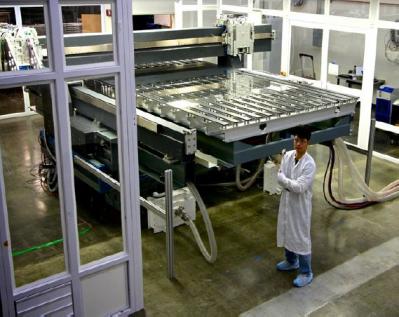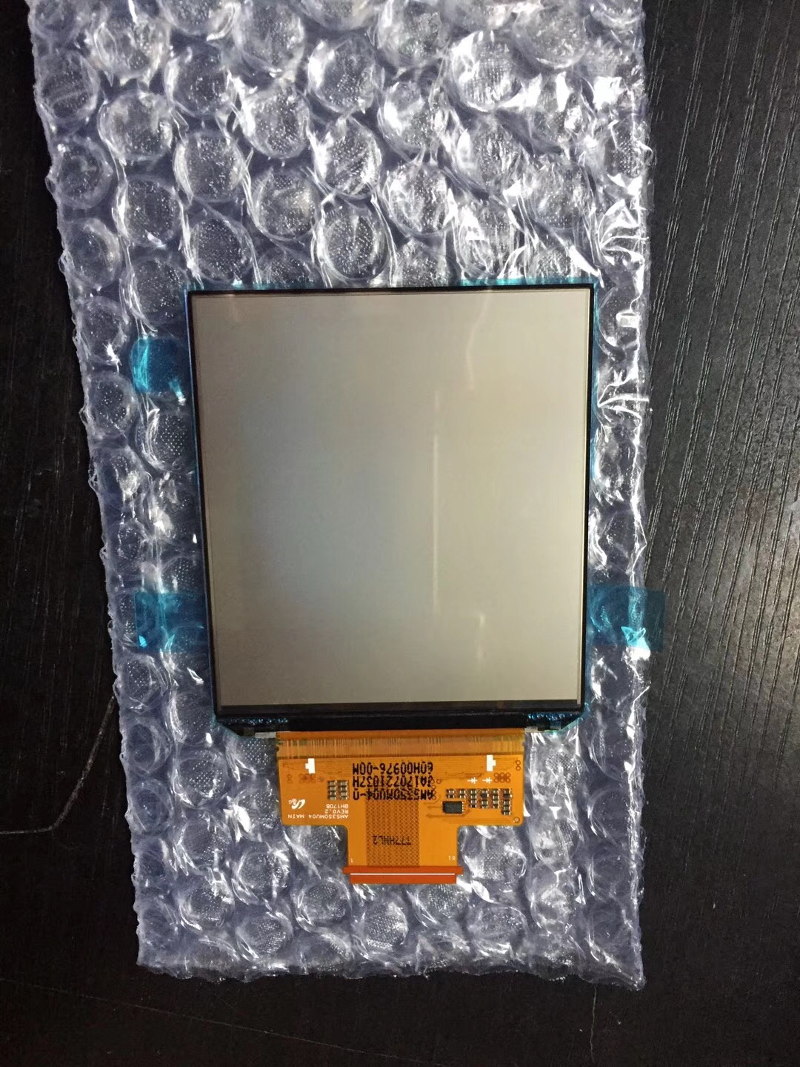LG Display demonstrated its latest OLEDs at SID DisplayWeek 2018
LG Display showcased several of its OLED technologies at SID DisplayWeek. The most impressive display was a 77" panel that is both flexible and transparent. The large panel features a 4K (3840x2160) resolution and 40% transmittance. The bending radius of the display is 80 mm. This seems to be the same display announced in June 2017.
LGD also demonstrated, for the first time, its VR OLED display, developed in collaboration with Google. This is a 4.3" 3840x4800 (1443 PPI) glass-based display on an LTPS backplane, that supports a refresh rate of 120Hz.








